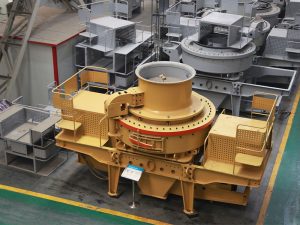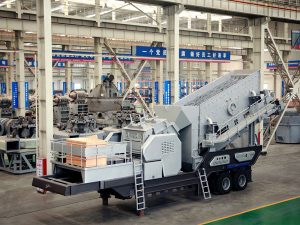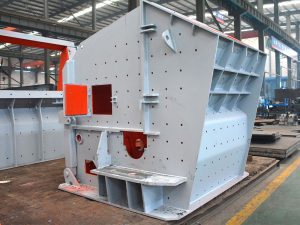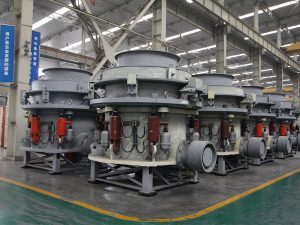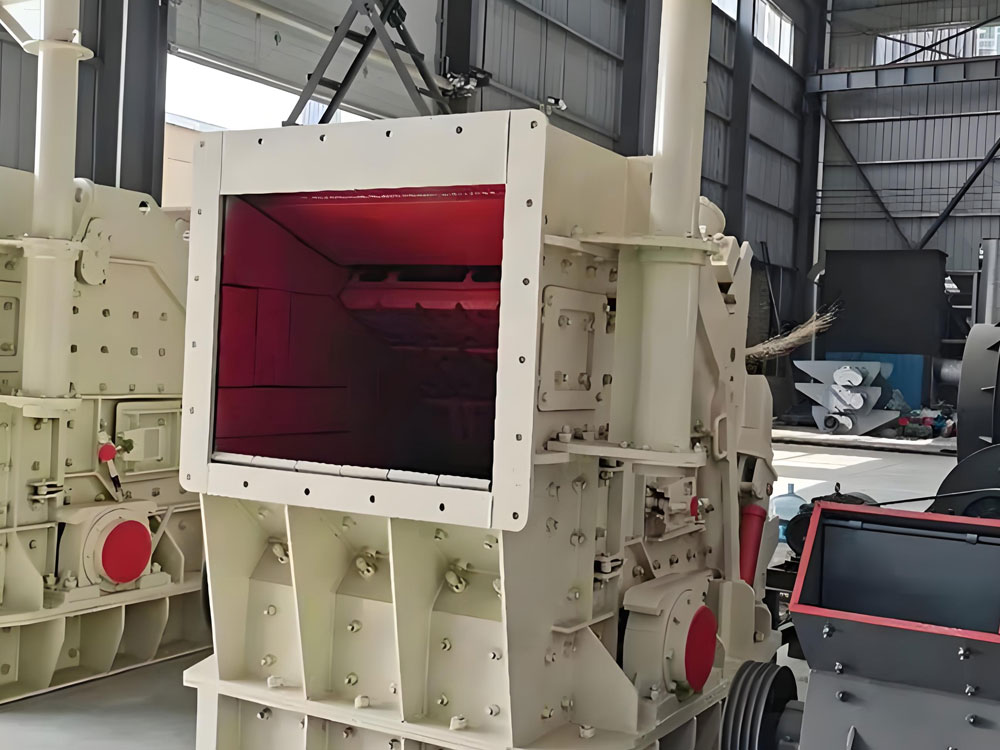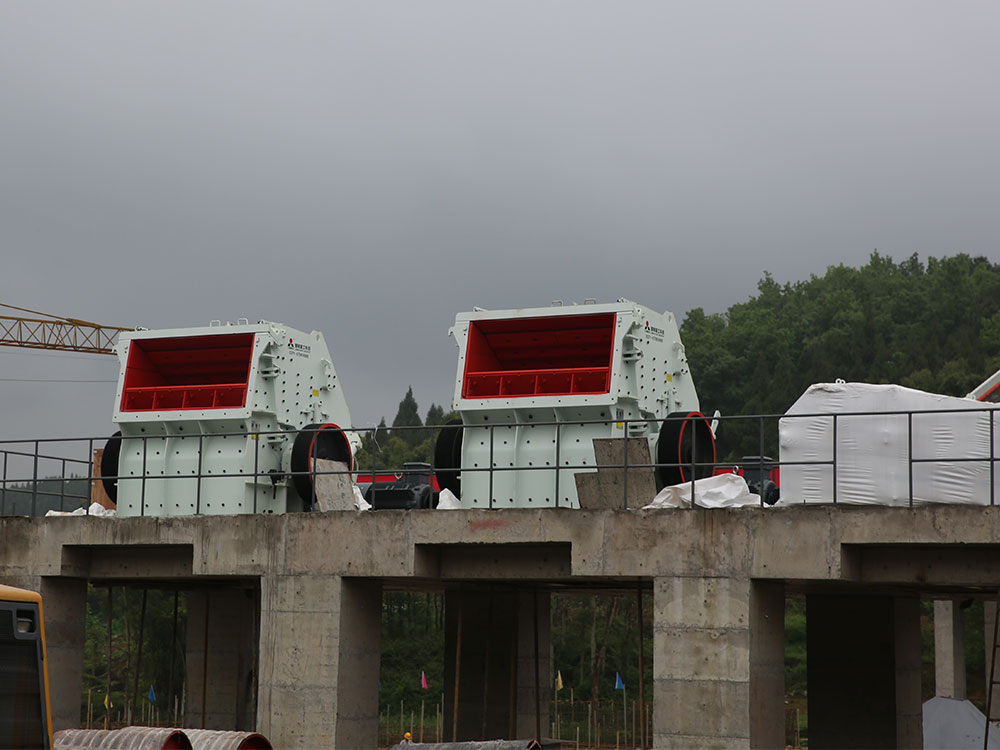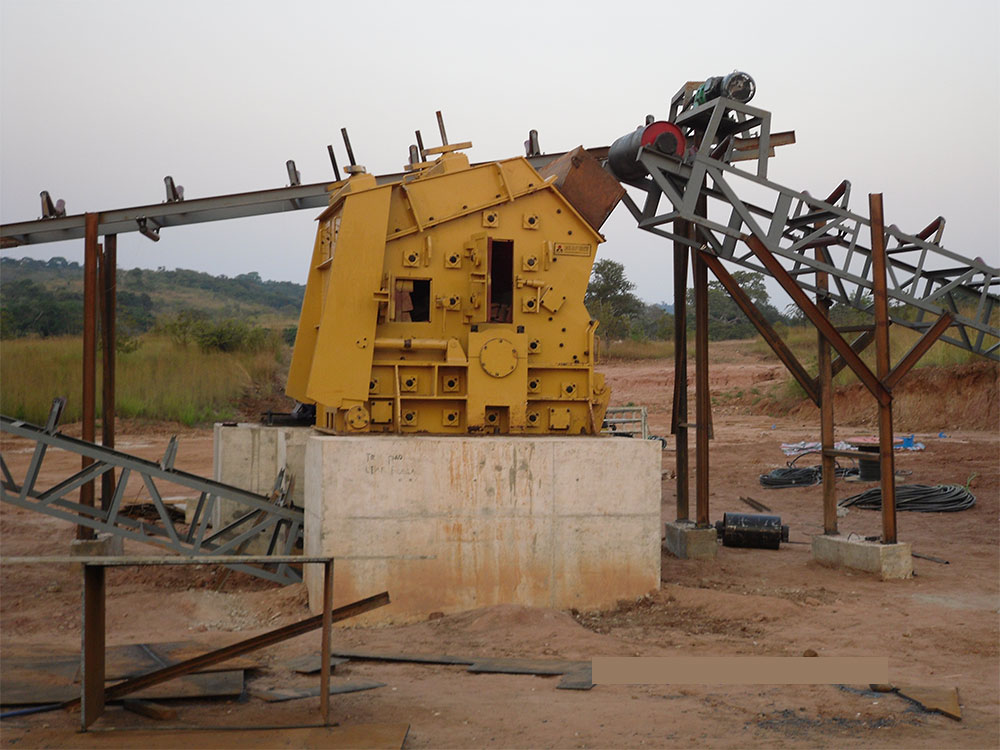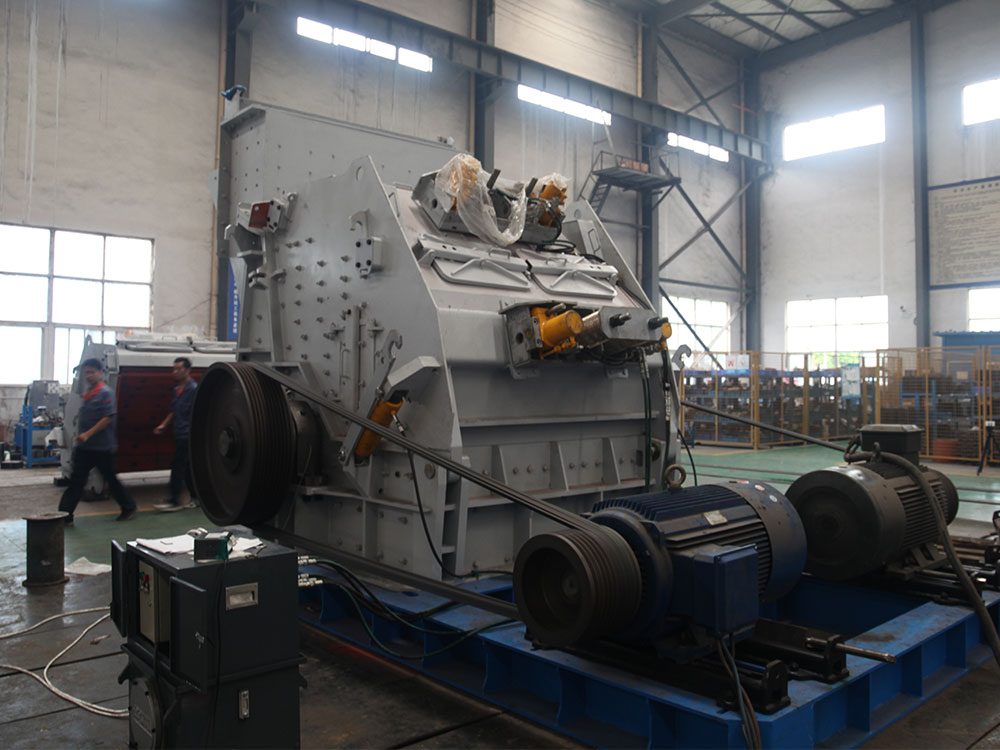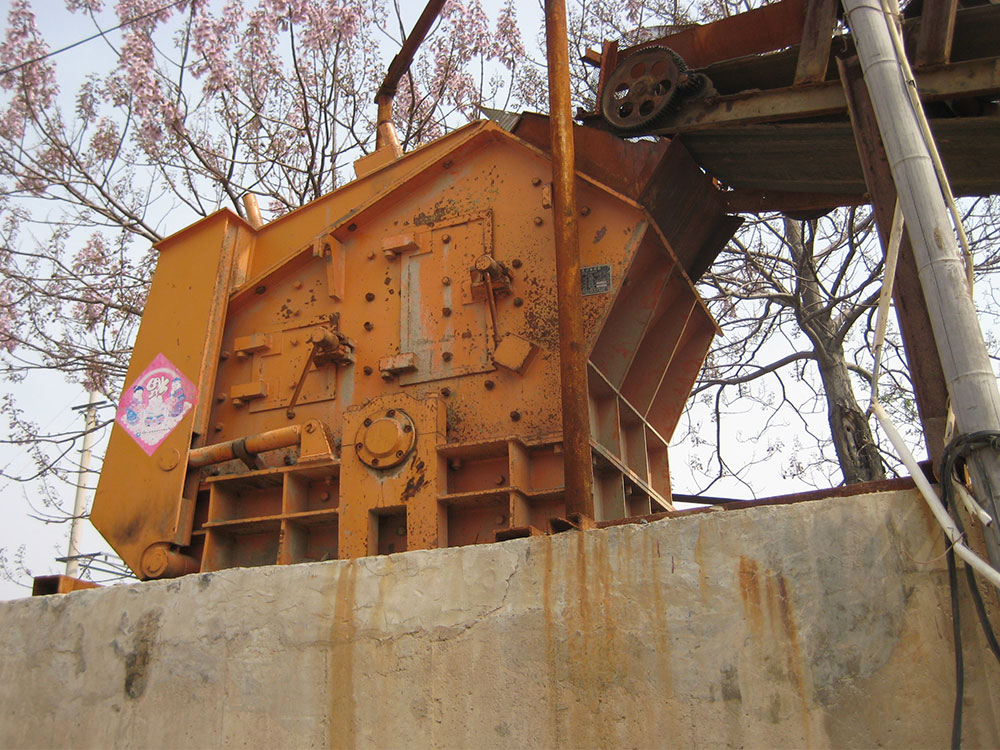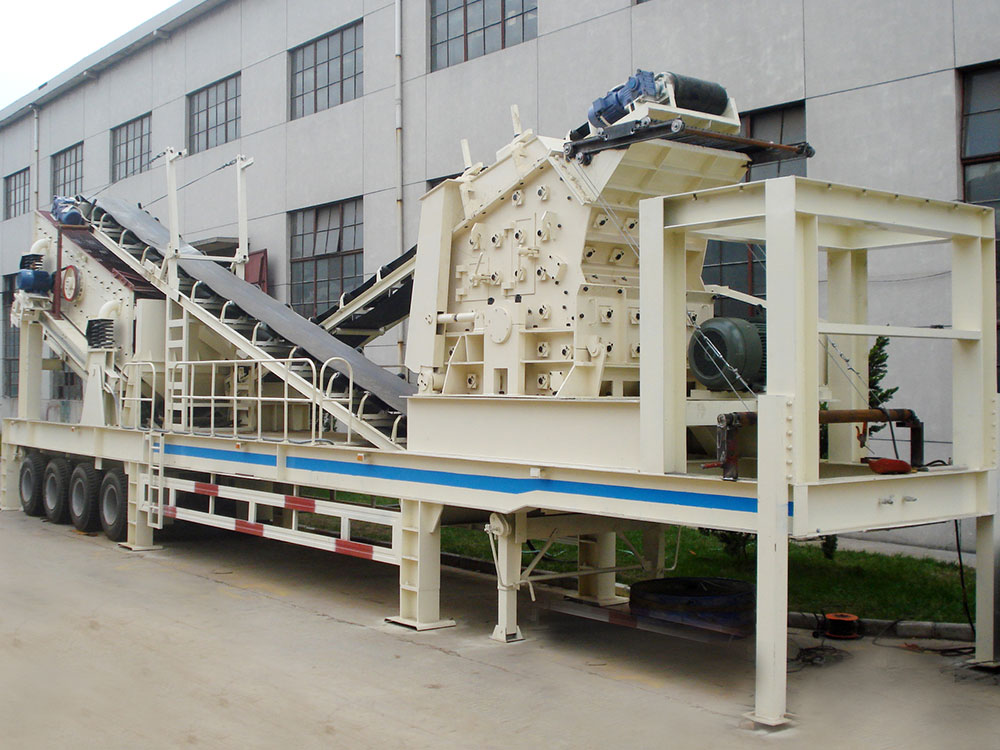As a leader in the field of limestone crushing and shaping, the impact crusher stands out among many crushing equipments with its unique impact crushing concept and exquisite structural design. It can not only effectively improve product quality and significantly reduce energy consumption, but also play an important role in production cost control. The following is an in-depth analysis of the working principle of the impact crusher, a detailed explanation of the technical advantages and an application analysis:
Working principle
The working principle of the impact crusher is based on the huge kinetic energy generated by the high-speed rotating rotor. The rotor speed is usually as high as 38 to 50 meters per second, driving the plate hammer to violently impact the limestone entering the crushing chamber. The limestone undergoes repeated impacts and grinding between the plate hammer and the impact plate for many times (about 3 to 6 times) until it is broken into regular cubic particles. The whole process can be roughly divided into three stages: the primary impact stage, in which the material is initially crushed; the secondary impact stage, in which the material is further refined; the grinding and shaping stage, in which the material particles are shaped into regular cubes.
Five technical advantages of limestone crushing
1. Excellent particle shape: The impact crusher adopts an impact crushing mechanism, and the multi-directional pressure generated makes the final product have an extremely low needle-like content, far less than 5%. This performance far exceeds that of jaw crushers or cone crushers (the needle-like content generally exceeds 15%), and fully meets the high requirements of high-quality building aggregates for particle shape.
2. High crushing ratio, a single machine can complete medium and fine crushing operations: The impact crusher has an extremely high crushing ratio, and can handle a maximum feed size of 500 mm (such as the PF1315 model), while the discharge size can be freely adjusted between 0 and 50 mm. The crushing ratio is as high as 20:1, which means that one impact crusher can replace the traditional "jaw crusher + cone crusher" two-stage crushing process, greatly simplifying the production line configuration.
3. Significant energy-saving and consumption-reducing effects: Compared with traditional crushing combinations, the energy consumption of impact crushers can be reduced by 15% to 30%. This advantage is particularly suitable for medium-hard limestone with a compressive strength of less than 200MPa. In addition, its grate-free design effectively avoids the clogging problem of wet materials. Even if the moisture content is as high as 8%, it can maintain the stable operation of the equipment, further improving production efficiency and stability.
4. Low maintenance cost: The plate hammer of the impact crusher is made of high-chromium alloy material with high wear resistance, hardness ≥HRC58, and can be flipped for use, which greatly extends the service life. At the same time, the hydraulic cover opening system supports rapid maintenance operations, and the modular design further shortens the time for replacing parts, reduces maintenance workload by about 40%, and reduces overall operating costs.
5. Excellent environmental performance: The impact crusher adopts a closed structural design combined with a pulse dust removal interface, which effectively reduces the amount of dust spillage by up to 70%. In addition, its noise level is also controlled below 75dB, which fully meets the environmental protection standards of the mine and provides strong support for the construction of green mines.
Key factors in selection
When selecting an impact crusher, the following key factors need to be considered:
1. Material properties: The compressive strength, moisture content and mud content of the material are important factors affecting the life and capacity of the hammer. Therefore, it is necessary to make comprehensive considerations based on the actual characteristics of the material when selecting.
2. Capacity matching: Taking the PF1214 model as an example, its nominal capacity is 180 tons/hour. However, the actual capacity needs to be converted according to the hardness of the material. For example, for materials with higher hardness, it may be necessary to multiply by a factor of 0.8 to calculate the actual capacity. Therefore, when selecting, it is necessary to ensure that the capacity of the equipment matches the production line requirements.
3. Particle size control: By adjusting the gap between the impact plates (ranging from 20 to 50 mm), the particle size distribution of the finished product can be flexibly controlled. The smaller the gap, the higher the fine powder content in the finished product. Therefore, when selecting, it is necessary to select a suitable impact plate gap based on the requirements for the particle size of the finished product.
In summary, impact crusher has become the preferred equipment in the field of limestone crushing due to its efficient shaping ability, flexible particle size control and low maintenance cost. For production lines that pursue high-quality aggregates or machine-made sand, the combination of jaw crusher and two-stage crushing process can achieve double improvement in efficiency and quality. When dealing with hard rock conditions, it is recommended to use the combination of "jaw crusher + cone crusher" to optimize the full-cycle cost.


